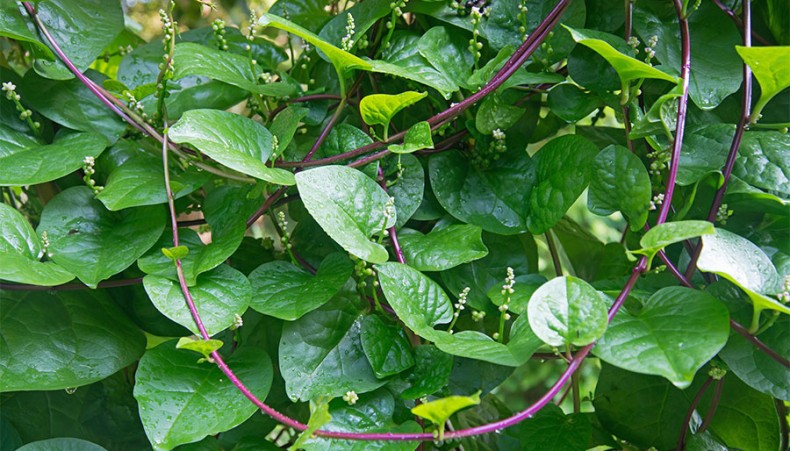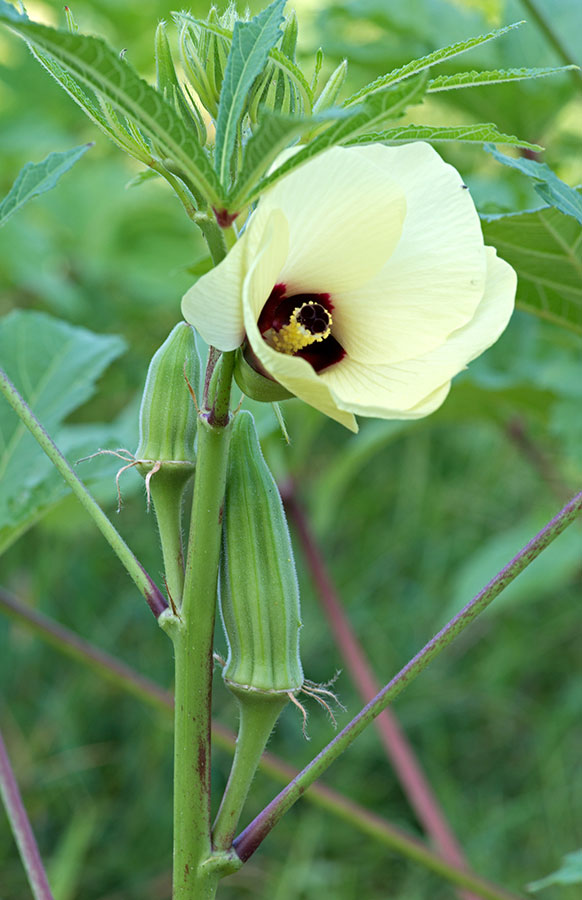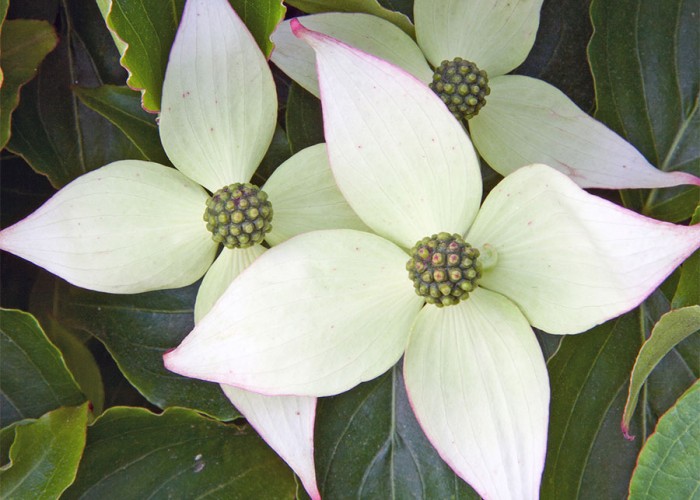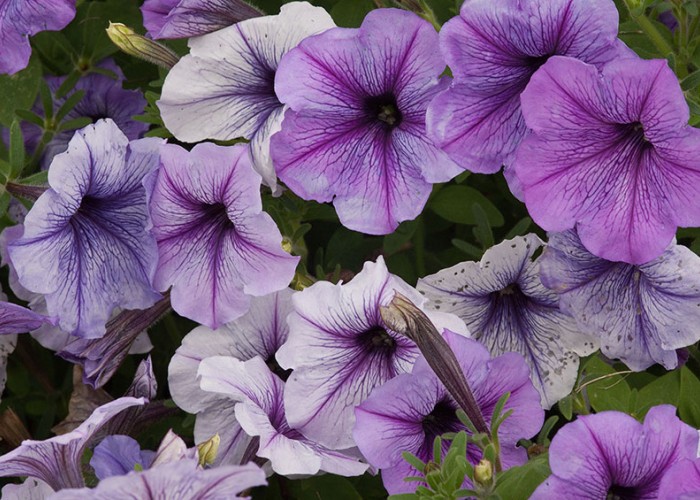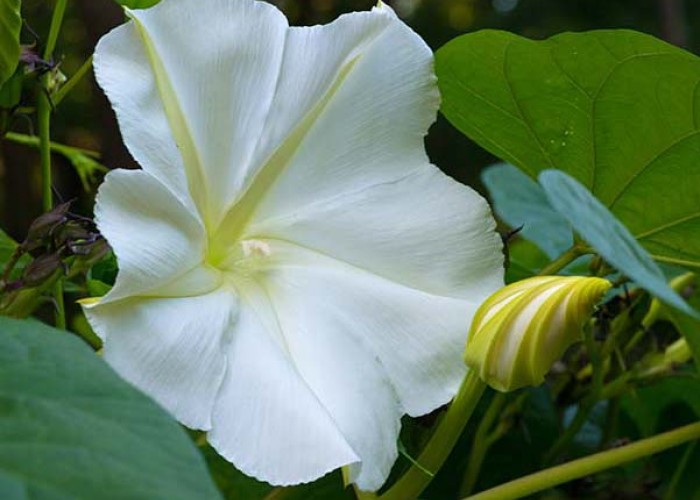Enjoy Tender Greens in Summer Heat with Climbing Spinach
Plus Garden To-Do’s for May
By L.A. JacksonClimbing spinach
As temperatures rise, backyard gardeners are bidding farewell to growing cool-season veggies such as lettuce, broccoli, spinach … well, wait. In the case of spinach, maybe not.
Let me explain. Yes, spinach is an early spring vegetable that will bolt and taste worse than bitter in hot weather. And, yes, there are some “heat-resistant” cultivars that can linger into the early building scorch. But if you want a dependable delectable that will deliver tasty leaves through the summer and into the fall — and be a real conversation piece as well — try climbing spinach.
Climbing spinach, also called Malabar spinach and botanically tagged as Basella rubra or B. alba, is unrelated to true spinach (Spinaicia oleracea), but has a similar flavor and thrives when summer is at its sizzling worst.
Climbing spinach also has a spinach-like nutritional punch, being a good source of fiber, iron and calcium as well as vitamins A and C.
As advertised, climbing spinach is a vine. A very fast growing, vigorous vine with heights of over 10 feet possible. The one I planted last year quickly scrambled up an 8-foot trellis, spilled over the top onto the ground and then crawled back up, filling in the entire structure to make a pretty living screen eventually dotted with small, light pink flowers that morphed into dark purple berries.
A true heat-seeker, climbing spinach should be sited in full sun, planted in organically rich, moist but well-draining soil and, of course, given plenty of upward support to roam. Since bugs don’t know what it is, most don’t bother it. It is rated as a perennial, but this tropical will quickly croak in cold weather, so treat it like an annual outside.
When chewed, the glossy leaves have a slick texture, but with a pleasant, nutty flavor. The youngest leaves tend to be the tastiest. They can be used in cooking, but I prefer them raw in sandwiches and salads. Climbing spinach also has a spinach-like nutritional punch, being a good source of fiber, iron and calcium as well as vitamins A and C.
Although native to the India subcontinent region, climbing spinach is not hard to find on this side of the Big Pond. Searching local nurseries, you might even snag one as a plant purchase, but the easily grown seeds can also be bought online from such popular companies as Parks and Burpee, with “Red Stem” being one of the more popular cultivars because of its elegant crimson branches.
Garden To-Do’s for May
- Haven’t cranked up your summer vegetable garden yet? No problem. Although spring breezes encourage many backyard growers to plant in April, you can wait until May to allow soil temperatures to rise higher. Since soil is denser than air, it takes longer to warm up, so delaying planting edibles until this month is just fine (and especially beneficial for chill-sensitive crops like eggplant, okra, hot and sweet peppers, southern peas and sweet potatoes).
- If established beds of such naturalizing bulbs as daffodils, crocuses, grape hyacinths and snowdrops have been putting on diminishing flower shows the past few springs, chances are they have become overcrowded. Wait until their foliage dies down to carefully dig up the bulbs and give ‘em more elbow room.
- While it is true Japanese beetle traps catch and dispatch Japanese beetles, the fact remains they lure these bothersome pests into your growing grounds. If you insist on using them, place far away from plants susceptible to damage from these bad bugs.
- The temperature has warmed up enough to bring houseplants out for a summer vacation. Just be sure to locate them in areas that receive filtered shade most of the day to prevent sunscald.
- Birds will be fully into the swing of their spring activities now, so encourage them to hang out in your garden by keeping the bird bath filled with fresh water, and feeders full of seed and suet.
-
More May gardening tips
-
Share this story:

